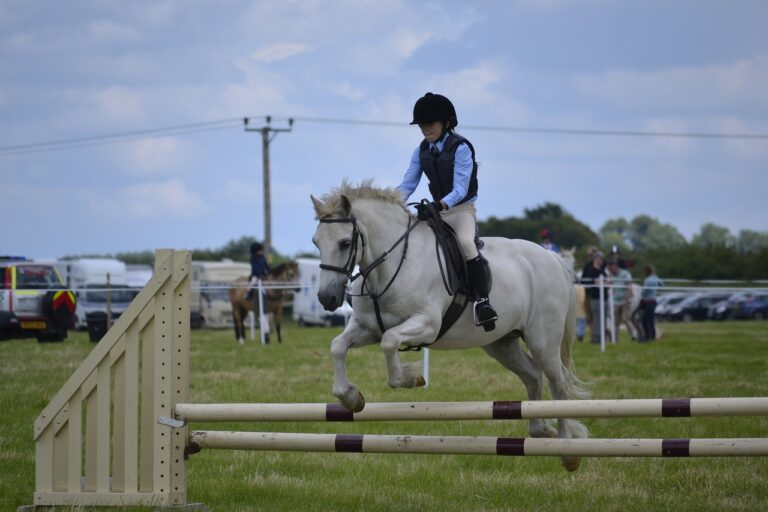The Influence of Cricket on Indigenous Literature: Exploring Storytelling Traditions in Sporting Narratives
Betbhai9, King567:Cricket, a sport that transcends borders and cultures, has been a popular subject of storytelling among Indigenous communities for generations. The intertwining of cricket narratives with traditional Indigenous storytelling traditions speaks to the enduring connection between sports and cultural identity. Through the lens of cricket, Indigenous peoples have found a platform to share their histories, beliefs, and values with a wider audience.
The storytelling aspect of cricket within Indigenous cultures serves as a powerful tool for passing down oral traditions from one generation to the next. These narratives not only entertain but also educate, passing on valuable lessons and insights that are deeply rooted in Indigenous knowledge systems. By weaving stories of cricket into their cultural tapestry, Indigenous communities are able to preserve their heritage and reclaim their narratives in a modern context.
The Representation of Indigenous Cultures in Cricket Literature
Cricket literature serves as a medium through which Indigenous cultures are portrayed and interpreted. The stories woven around the sport often intertwine with traditional beliefs, values, and practices of Indigenous communities. Through cricket narratives, authors have showcased the rich tapestry of Indigenous cultures, shedding light on their customs, histories, and unique ways of life.
These literary works not only capture the essence of Indigenous cultures but also provide insight into the significance of cricket within these communities. By delving into the interconnected nature of cricket and Indigenous culture, authors have offered readers a glimpse into the deep-rooted traditions that shape these societies. The representation of Indigenous cultures in cricket literature serves as a bridge between past and present, fostering a greater understanding and appreciation for the heritage and legacy of Indigenous peoples.
Exploring the Role of Cricket in Preserving Indigenous Oral Histories
Cricket, beyond its status as a popular sport, has served as a vessel for preserving Indigenous oral histories. Through the storytelling embedded within cricket narratives, Indigenous cultures have found a platform to share their traditions, values, and histories with the wider community. The game itself becomes a medium through which these stories are passed down from generation to generation, ensuring that important cultural knowledge is not lost amidst modernization and globalization.
The connection between cricket and Indigenous oral histories is deeply rooted in the tradition of storytelling within communities. By weaving these narratives into the fabric of cricket literature, Indigenous cultures are able to maintain a sense of identity and resilience in the face of societal changes. The role of cricket in preserving these oral histories goes beyond mere recreation; it represents a collective effort to safeguard cultural heritage and keep alive the rich tapestry of Indigenous traditions for future generations to cherish and learn from.
How have Indigenous storytelling traditions been incorporated into cricket narratives?
Indigenous storytelling traditions have been woven into cricket narratives through the retelling of legends, myths, and cultural practices within the context of the sport.
How are Indigenous cultures represented in cricket literature?
Indigenous cultures are often depicted in cricket literature through the portrayal of traditional customs, beliefs, and values that are intertwined with the game of cricket.
How does cricket play a role in preserving Indigenous oral histories?
Cricket serves as a platform for the transmission and preservation of Indigenous oral histories by providing a space for narratives, myths, and legends to be shared and passed down through generations.







